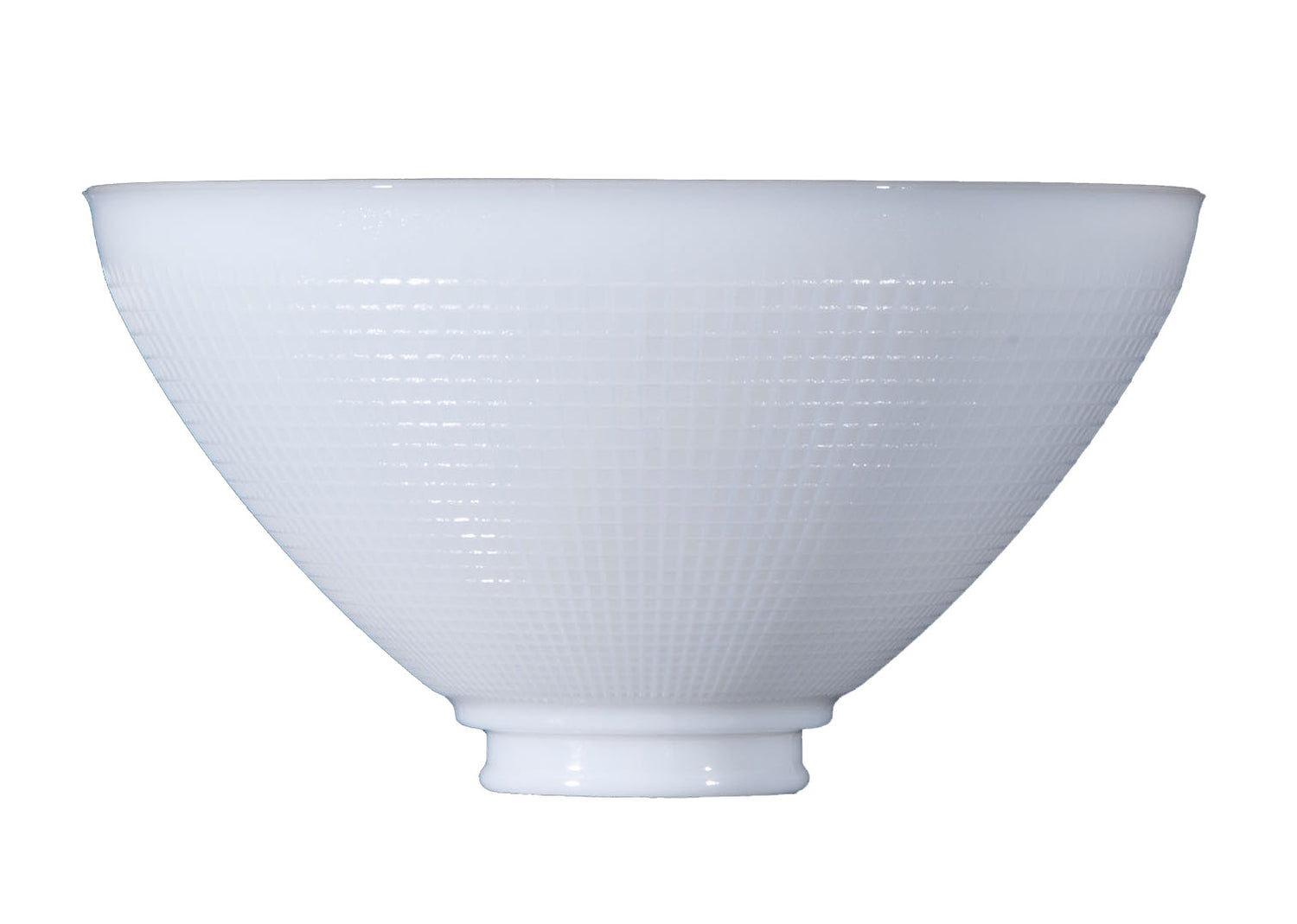Adding Automatic Lights to Antique Lamps
Automatic light is an undeniable benefit of the advancements in lighting technology. We can now make most of the light fixtures in our homes automatic with just a few tools, the right supplies, and a little patience. In this guide, Antique Lamp Supply explains how to convert your antique lamp into an automatic lighting solution by installing a remote motion detector that automatically turns the lamp on whenever someone walks into the room. Motion-sensor light switches are relatively simple to understand, install, and operate.
How Do Remote Motion Detectors Work?
Motion detection lights are devices that detect ultrasonic signals or infrared waves (heat waves that radiate from moving objects). When a light's detection device senses an object moving across its field of view, it is designed to electronically turn on the light. Most motion-sensing devices can keep a light on for one to 20 minutes, depending on the settings you select. The motion detector does automatically turn off unless it continues to sense movement from a person or animal.
PIR Sensors: Passive infrared (PIR) sensors are electronic and measure infrared light that radiates from the objects in its field of view. These devices essentially sense the difference between the ambient heat of a room and the heat produced by any moving occupants of that room. PIR sensors require a direct line of sight to activate the light fixtures they're synced with, which can be convenient if you wish to define the sensor's coverage in the case of task lighting. PIR sensors are most often used in enclosed spaces and high-ceiling areas.
Ultrasonic Sensors: Ultrasonic sensors are devices that measure the distance to and from an object by utilizing sound waves at specific frequencies. These devices listen for every sound wave they send to bounce back, recording any elapsed time between sending and receiving the sound wave so it can calculate the distance. Unlike PIR sensors, ultrasonic sensors do not require a direct line of sight and provide coverage to an entire room.
Dual-Technology Sensors: Using both passive infrared and ultrasonic technologies, dual-technology sensors are able to activate light fixtures only when both technologies detect the presence of an occupant. With two types of detection, these sensors eliminate the possibility of false-on or false-off complications and are ideal for spaces that require a high degree of detection. Hybrid sensors can also help you reduce energy waste and manage lamps in a common area.
How to Choose a Remote Motion Detector
Coming home at night to a dark and quiet house can be frightening, but motion sensor technology makes it possible to illuminate your home without even needing to flip a switch. You can find a variety of motion-sensor light switches at your local hardware store or home center, but we offer a selection of motion-activated light control for outdoor fixtures.
Occupancy Sensor: Devices that turn lamps or light fixtures on when a person enters a room and turns them off again when a person exits a room. Occupancy sensors are commonly installed in task light fixtures you might find in laundry rooms, foyers, kitchens, garages, and closets.
Vacancy Sensor: Devices that require you to manually turn the sensor on before it can automatically shut the light off when you leave the room. Though they may seem counterintuitive, vacancy sensors are ideal for anyone that worries about or has a habit of forgetting to turn off the lights.
How to Make a Motion-Sensor Light Switch
A motion detector switch is one of the easiest ways to make any electrified antique lamp automatic. There are a wide variety of motion-sensor light switches, and only some come with a neutral wire connect to power LED light fixtures. Double check the wiring schematic of your specific model to determine how to wire it correctly. Most switches have three wires: black, blue or white, and green. Black wires connect to the hot wire that supplies power to the switch. Blue wires connect to outgoing wires that connect to the lamp. Green wires are always used as ground wires.
- Access your circuit breaker, identify the circuit that controls the light switch you're replacing, and cut the power.
- Remove the wall plate from the existing switch and use a circuit tester to test the wires to ensure that there is no power flowing to the wires you need to remove. Once confirmed, remove the screws and hold the switch in place.
- Cut the wires at the back of the old switch. You will only connect the black and white wires to the new remote motion sensor light switch. The ground wire won't be used.
- Use wire strippers to strip the plastic insulation off the ends of the black and white wires.
- Wrap the end of the exposed black wire around one of the wire connections located on the back of the switch and repeat with the white wire. Use wire connectors to secure the wires in place.
- Tuck any excess wire into the back of the switch box. Position the connected motion-sensor switch into the box, and secure with provided mounting screws.
- Customize the controls to adjust the sensitivity and timing of light activation and reinstall the wall plate.
By converting your antique lamp into an automatic lighting solution, you can save yourself the trouble of flipping a switch when your hands are full and avoid the cost of wasted energy when you forget to turn the lamp off. In summary, occupancy sensors are ideal in most interior spaces that have no available daylight. Vacancy sensors are ideal in perimeter spaces that have available daylight. We recommend choosing dual-technology sensors whenever the budget allows because they provide optimal detection. If you have any questions about this article, please contact us today to receive additional information or further assistance.

